Virtual Conference Experience
Host a virtual conference that balances connection and organization. As a flexible community app designed to support interactive experiences, Pivot brings the structure of a full online community software to your event, no matter the size or complexity.

Organizing a virtual conference that feels as engaging and impactful as an in-person event is no small feat. The challenge of coordinating sessions, connecting participants, and sharing resources requires thoughtful planning. A well-designed platform can transform your event into an engaging experience, where sessions flow naturally, participants stay involved, and resources remain accessible at every stage. Your audience can explore keynotes, join focused breakout discussions, and engage in conversations that feel purposeful and interactive. With the right tools, your conference becomes more than just an online gathering; it’s a space for significant connections. Start shaping a virtual experience that delivers value at every turn. Start planning your event today and see how Pivot equips you to design an interactive and well-organized virtual conference.
1. Build a Clear Foundation for Your Event
Set the stage for your virtual conference with dedicated event spaces that bring clarity and order. Use pages to organize every detail (sessions, agendas, and speaker bios), into a structure that attendees can easily navigate. Your central page could house the overall schedule, while nested pages expand on session descriptions, keynotes, and downloadable resources. By segmenting your event this way, you create a roadmap that outlines everything and keeps both attendees and organizers informed. This approach is particularly effective for those looking for a Circle alternative or Facebook Groups alternative that supports richer event infrastructure and content organization.
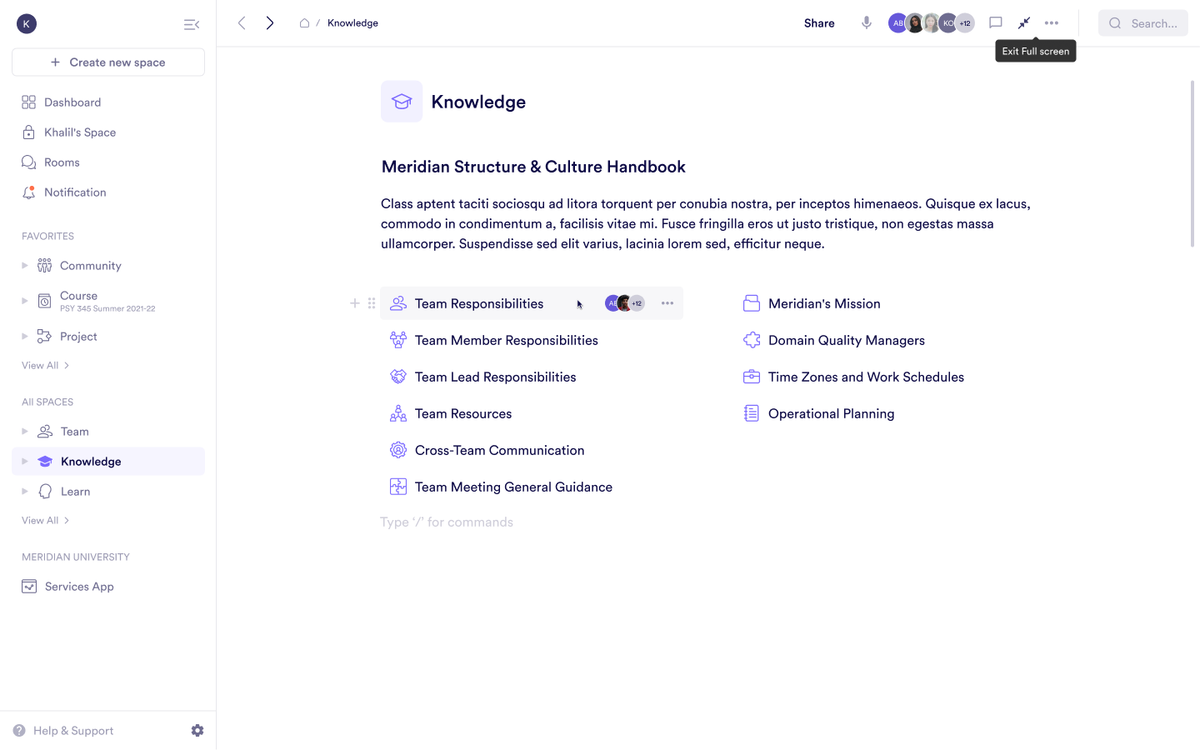
2. Align Schedules with Calendars
Visualize your event’s timeline with calendars, designed to keep every session and activity on track. Use it to organize keynotes, panels, and networking events into a cohesive schedule that participants can easily follow. Unlike many generic calendar tools embedded in other community engagement tools, Pivot’s calendar block connects directly to session content, media, and live rooms: ideal for anyone moving from platforms like Mighty Networks or Hivebrite. You can set up separate calendars for different tracks or themes, allowing attendees to focus on the sessions most relevant to them. The calendar block doesn’t just display dates: it connects your event’s moving parts, linking sessions to relevant pages and ensuring participants stay in the know.

3. Deepen Engagement with Focused Breakout Sessions
Transform your virtual conference into an interactive experience by incorporating breakout rooms for targeted discussions. These rooms allow smaller groups to collaborate on specific topics, such as industry innovations or practical challenges. Use polls to gather insights or forms to collect feedback, ensuring the discussion remains productive and actionable. Breakout sessions offer participants a platform to share knowledge and build connections in a setting that feels personal and impactful. These moments of focused interaction make Pivot stand out as a community platform equipped for high-engagement virtual formats, combining flexibility and depth most membership management apps don’t prioritize.
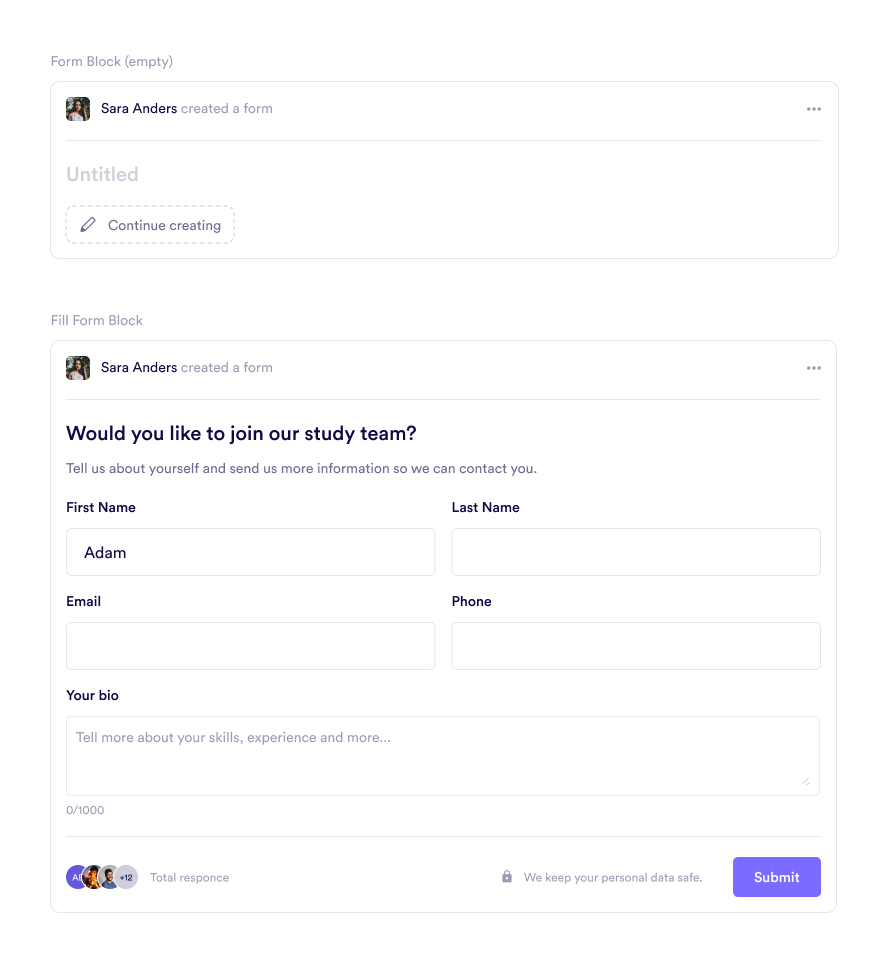
4. Make Networking Natural and Engaging
Conferences thrive on connections, and Pivot provides tools to help attendees interact in ways that feel authentic. Set up chat rooms dedicated to networking, informal discussions, or shared interests like industry trends or specific challenges. By segmenting spaces and encouraging direct participation, Pivot serves as a practical and thoughtful community app alternative to scattered social channels or platforms that lack structure. You could create a networking room for first-time attendees or a discussion space for experts in emerging technologies. By adding topic-specific areas, you give participants a chance to connect with others who share their goals, ideas, or professional challenges. This encourages collaboration without the awkwardness of forced interactions, making it easier for your audience to leave your event with both insights and relationships that will benefit them down the road.
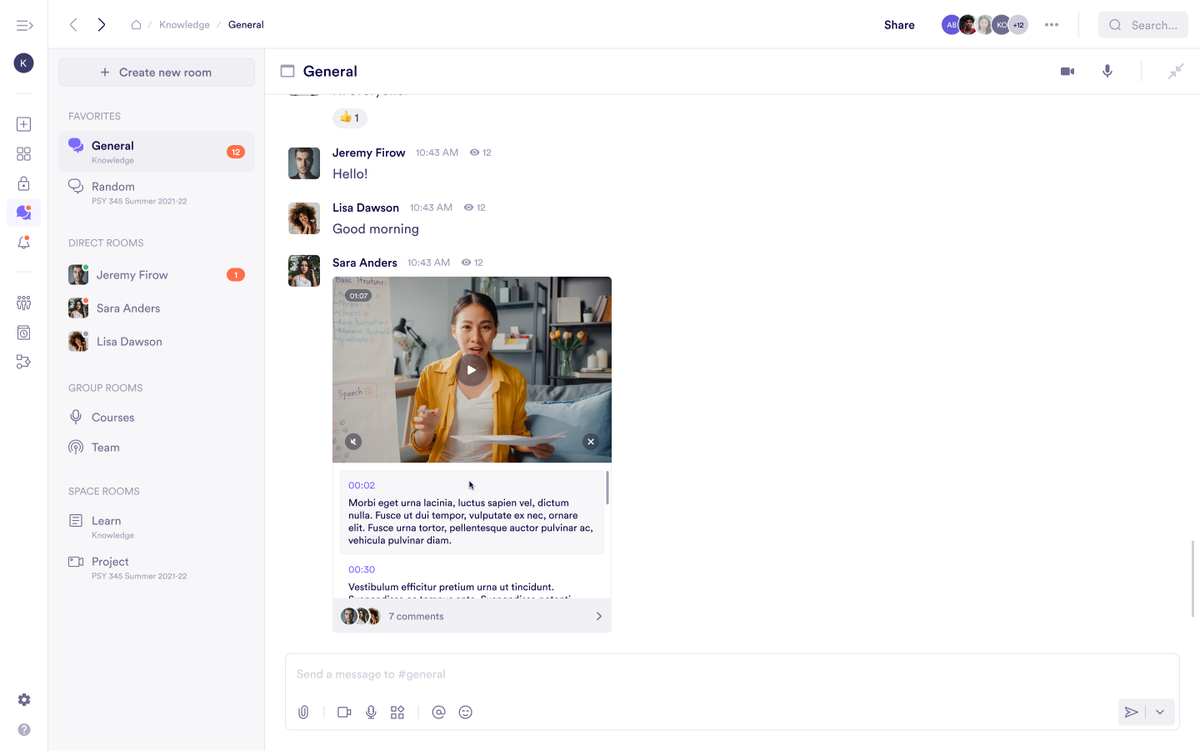
5. Extend the Value with Recorded Sessions
Your conference shouldn’t end when the sessions do—record keynotes, panels, and discussions, and store them in media blocks for on-demand access. These recordings allow attendees to revisit important content, catch up on missed sessions, or share insights with their teams. By archiving your sessions, you create a lasting resource that enhances the value of your conference and strengthens its impact. Attendees can reflect on their learning and engage with the material at their own pace, keeping your event alive in their minds.
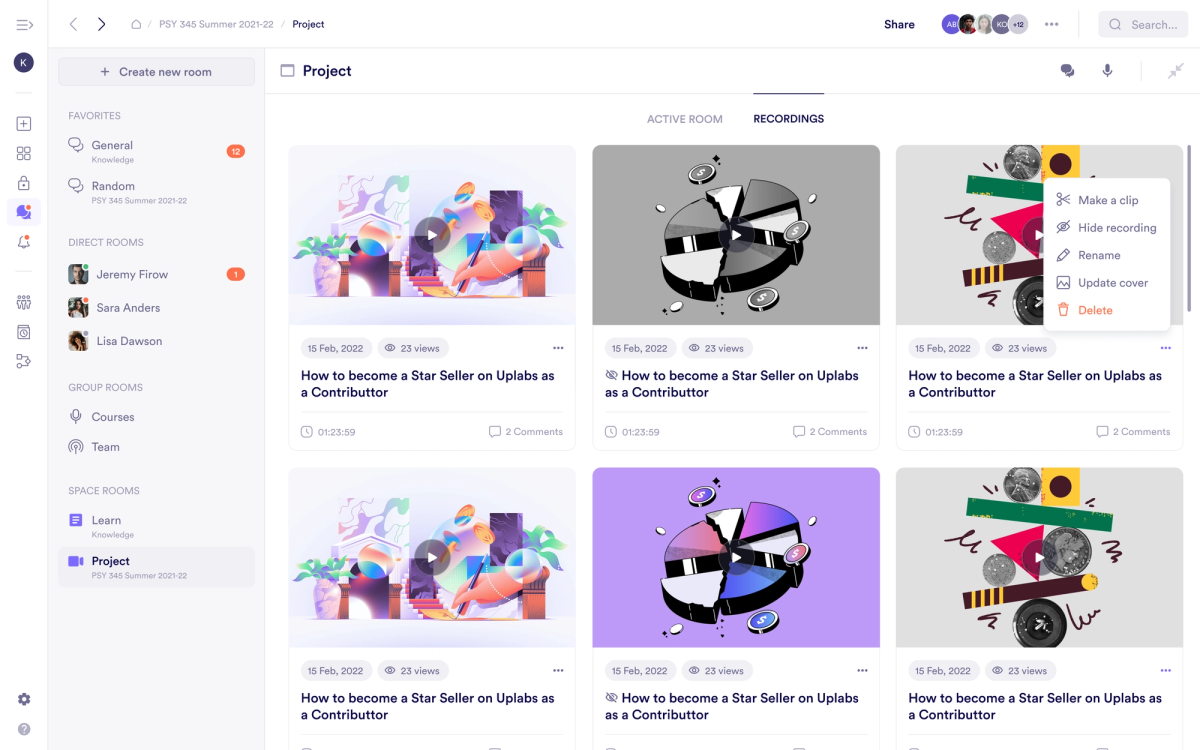
6. Gather Feedback to Refine Future Events
A great conference evolves by understanding its audience, and post-event feedback is key to that growth. Use post rooms to share surveys or forms designed to collect honest input on what worked, what didn’t, and what attendees want to see next time. You can ask participants to rate session topics, assess speaker effectiveness, or suggest new ideas for future events. Combine this feedback with insights from analytics blocks to identify trends and areas for improvement. This process ensures that every conference builds upon the last, creating a reputation for quality and engagement that keeps participants returning year after year. Event organizers used to juggling disconnected workflows in other community engagement tools will find Pivot’s unified approach simpler, stronger, and far more actionable.
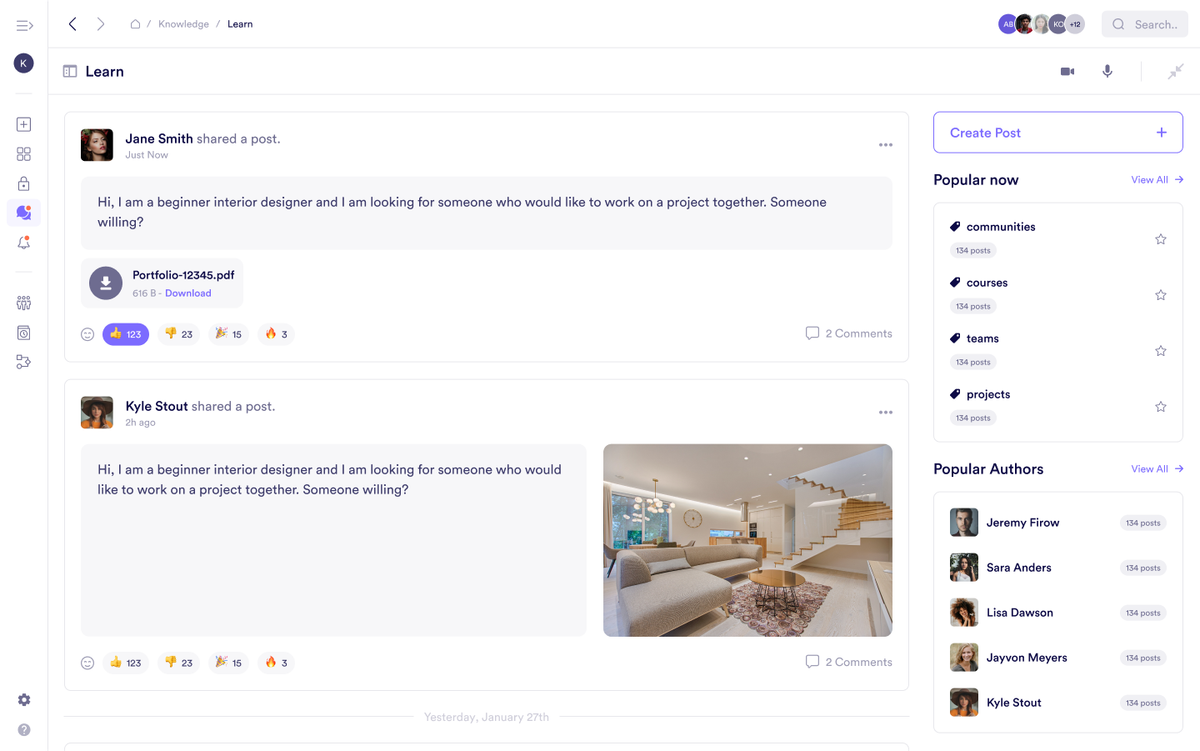
Redefine Your Virtual Conference Experience
A successful virtual conference needs a space where structure, engagement, and accessibility come together. Pivot is designed to meet the demands of your audience while reinforcing your mission.
-Organized and accessible: Use pages and calendar blocks to ensure schedules, materials, and resources are always within reach.
-Dynamic engagement: Interactive rooms provide opportunities for real-time discussions and smaller, focused group sessions.
-Meaningful networking: Dedicated chat areas encourage attendees to connect, share ideas, and build relationships.
-Extended impact: Recorded sessions and shared resources keep your event relevant even after it ends.
Your virtual conference should feel as impactful as its in-person counterpart, offering participants opportunities to learn, connect, and contribute.
Table of Contents